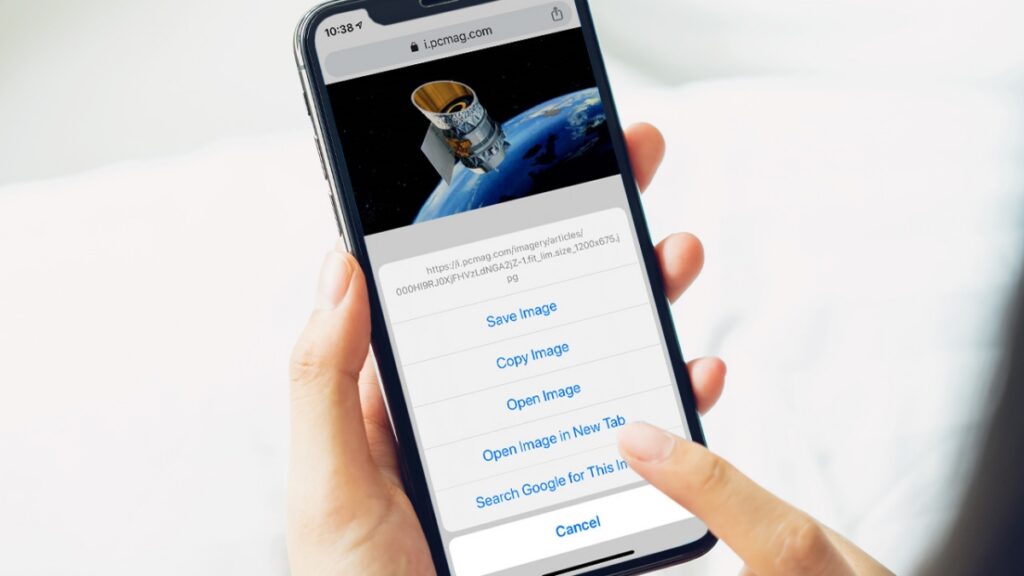The web is swarming with images, and a lot of them are not what they seem. The reverse image search technology makes it easy to identify fake images and the fake people who are using different profile photos.
So why would you use reverse image search to identify pictures? Reasons vary, but usually, it’s either to authenticate an image, by finding its original location or track its users across the web. In this article, we will discuss some major use of this featured search technique, so without waste time let’s get started.
● Authenticating images
When you see a picture in your email or on the web, you don’t know how old it is, or what its source is. Reverse photo search helps you to find out.
For instance, you are thinking about publishing a picture online or in print. Are you sure the supplier owns it? Is it genuine or has been treated? How old is it? How often has it been used before? How much is it worth the money?
There are thousands of cases where reverse image search has, or would have, evaded major issues. Sometimes an image is told to show a particular event, but it was taken earlier, at different events. This happens quite a lot with tweeted pictures and occasionally with news stories.
It might be a simple error by an image industry, or it might be an attempt at deception.
To overcome all these issues, you can use an image finder that brings up numerous images from different search engines that appear to look the same, but on closer examination, they are different. Sometimes a face may have been changed, or something may have been removed or added to the picture. Sometimes a face may have been changed, or something may have been removed or added to the picture. Whole websites are devoted to doctoring images, often for humorous or political reasoning.
● Tracking Image use
If you have a website, publish flyers or press releases, or post copyright images online, you can assume that your images are going to be re-utilized. Reverse image search tells you when and where. After that, you can decide whether the re-utilization is valid and legal, or illegal to take necessary action.
Searching for public and advertising images will show you how much grip your press release or blog post got, and you may well find coverage that a keyword search has missed – perhaps in different languages. You may also find your pictures that are re-utilized in the content, such as illustrating stories about a rival corporation’s products. If so, you can make sure they are correctly captioned and attributed.
Just remember that you can’t protest about images that you don’t own. You may also find web pages using your bandwidth by linking the image on your website rather than theirs. In that case, people replace the original photo with a less appropriate one with the same file name. Either way, the image lookup technique provides a lot of valuable information that you couldn’t easily find any other way.
● Authenticating people
It’s naïve to assume everybody is who they claim to be. What appears to be an attractive young woman making friends with colleagues on LinkedIn could be a hacker fishing for information.
Surprisingly, often these images are stolen profile photos of another person on Facebook or Photobucket, or the same photos are being provided to advertise escort services. Scammers often use photos of long-forgotten film actors and writers likewise. In this way, reverse image search could prevent you from being scammed or tricked.
● Flipped Images
Sometimes pictures are flipped (laterally reversed): it’s an option worth trying when using the reverse image technique, you don’t find similar images you would expect. Within the pre-web era, when a flipped image of a famous guitarist was published, there are dozens of fans spotted that he appears to be playing his guitar the incorrect way.
For these reasons, reverse image search is now a critical skill for mainstream publications, especially news organizations. And now anyone can roll in the hay in just a few seconds.
Conclusion:
What we have discussed in this article allows you to realize how to reverse image search helps you to protect your online reputation and build your brand with less hassle. Hopefully, you will be able to start taking advantage of these practical uses. Moreover, this search technique can help you improve the company’s worth and improve according to the changing times.

